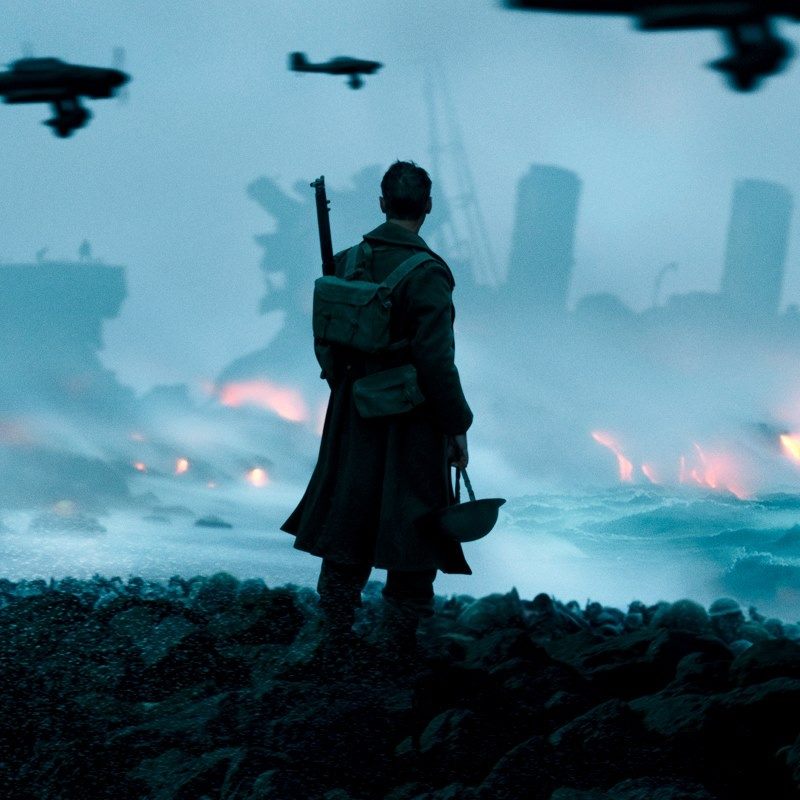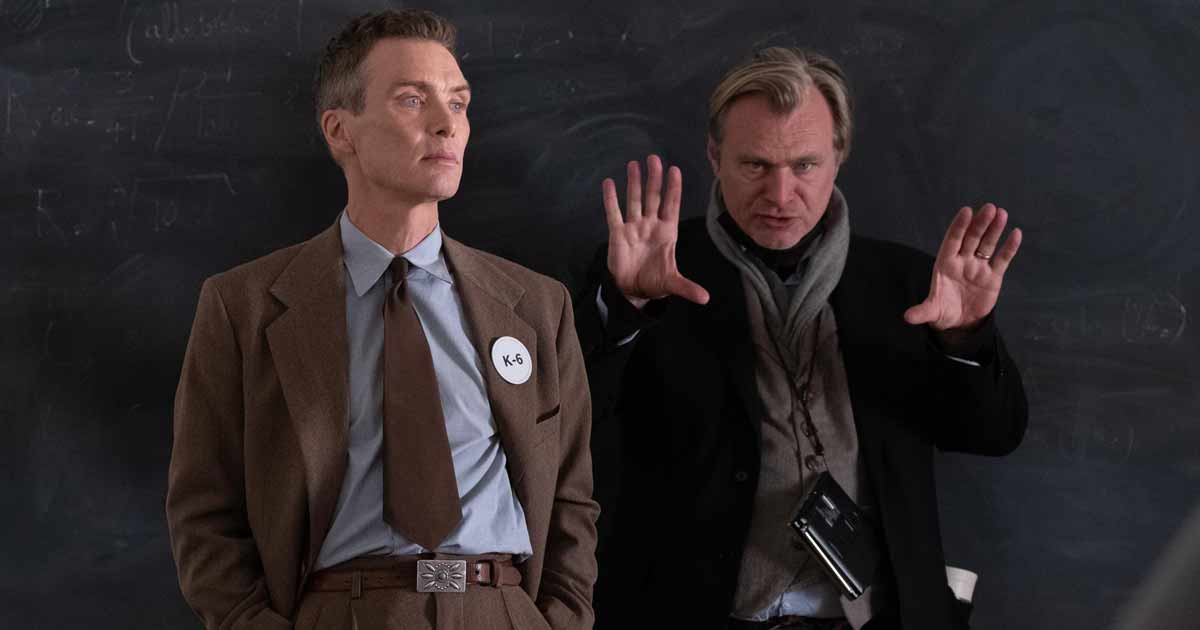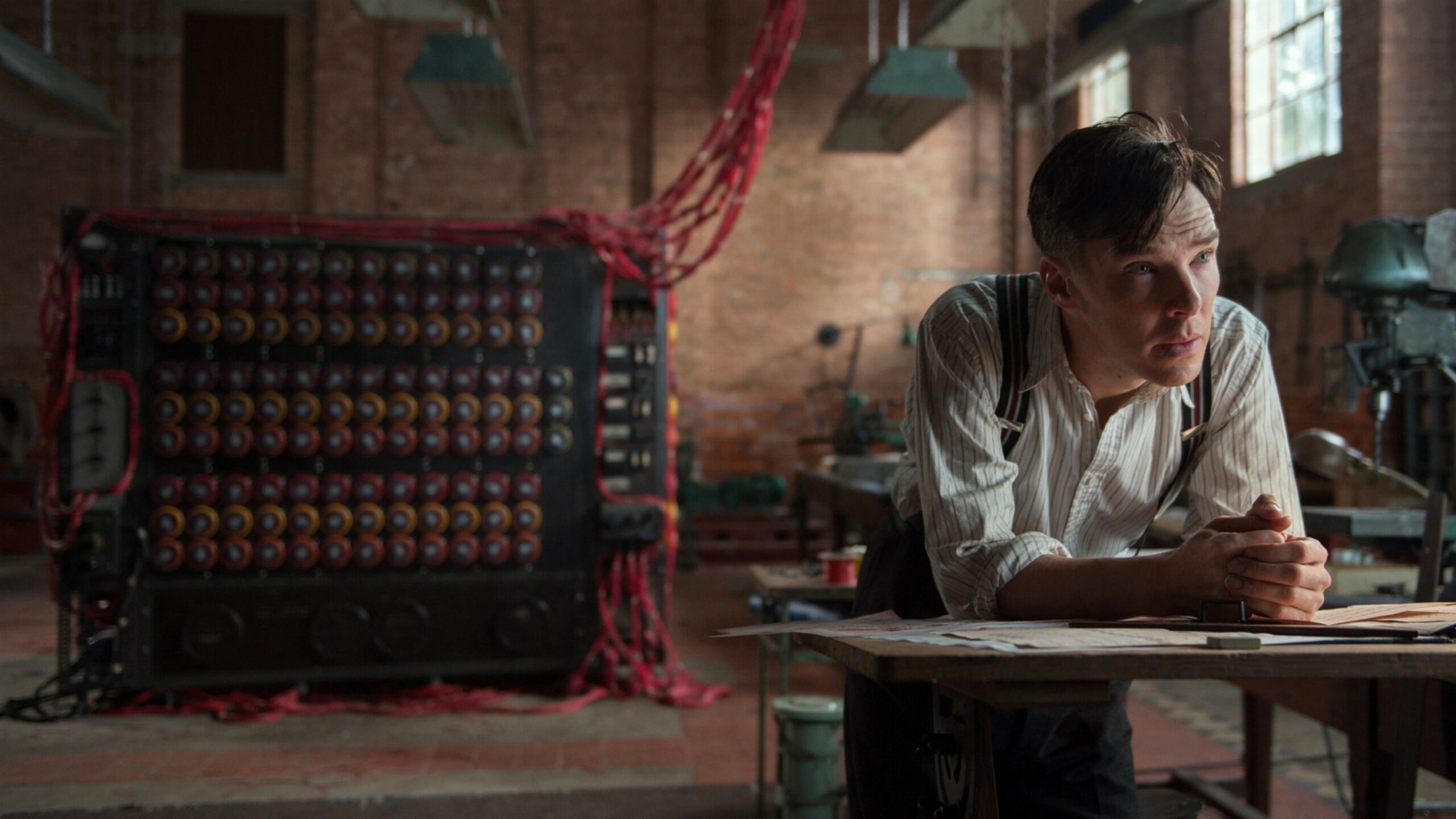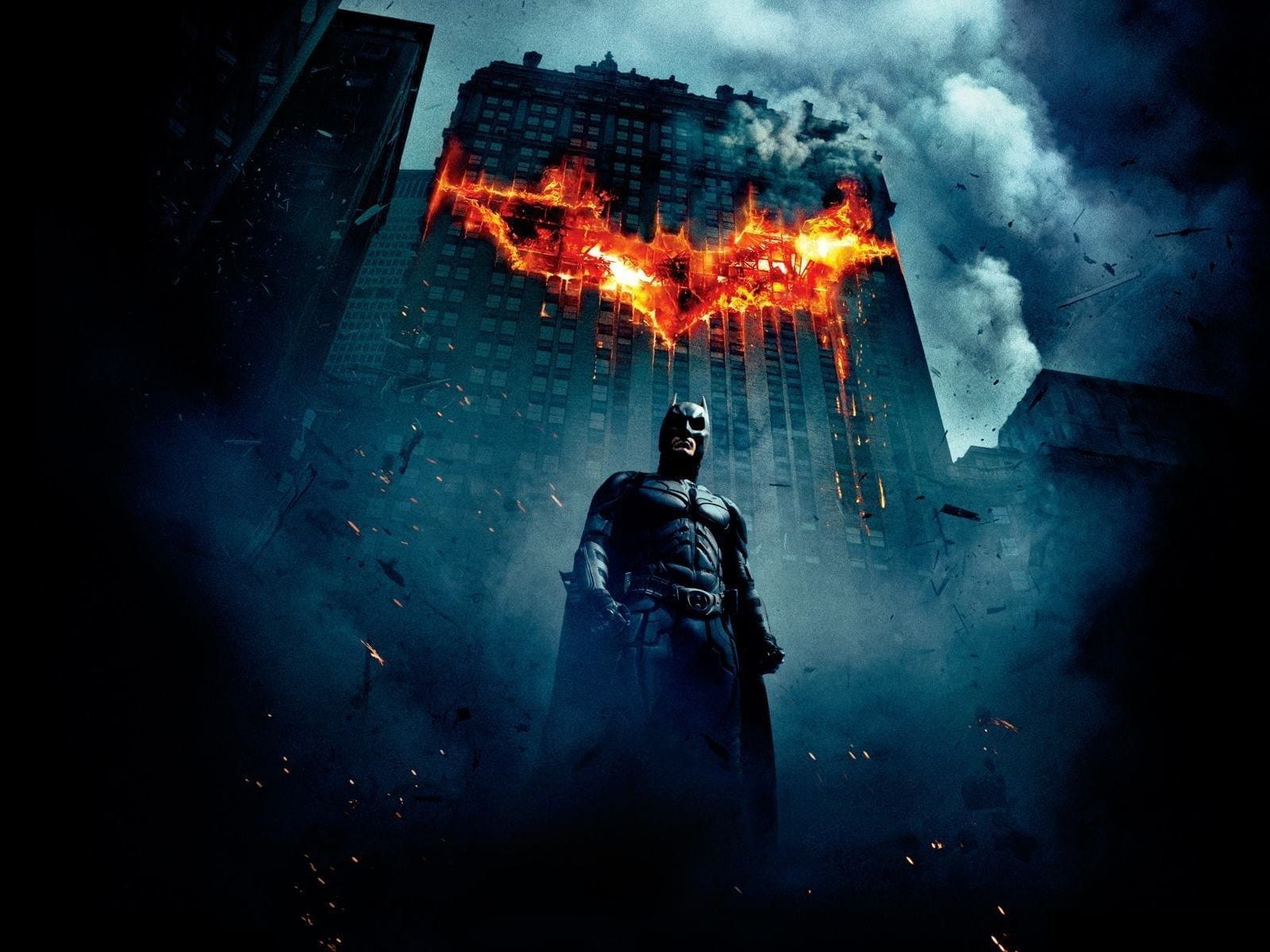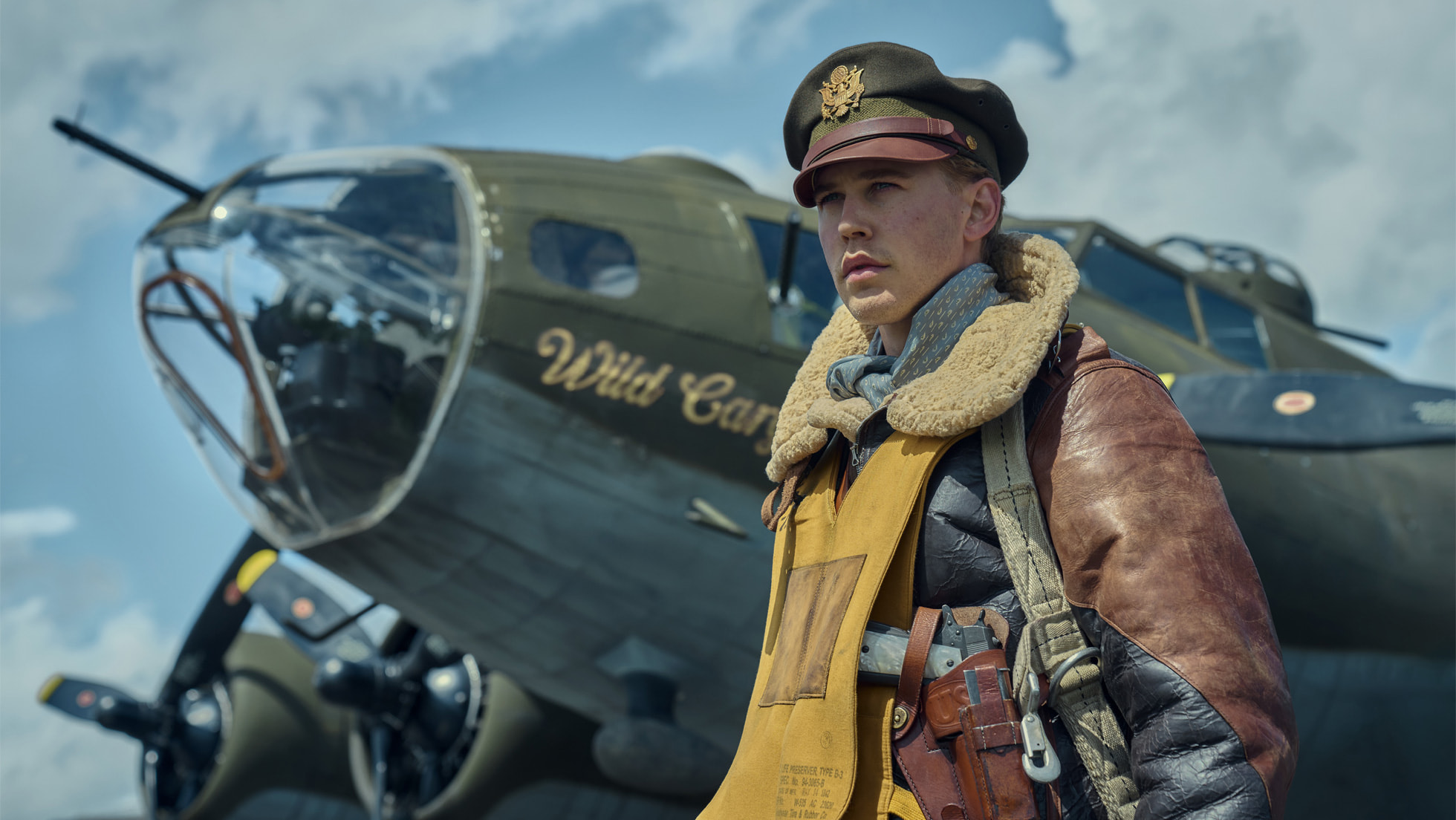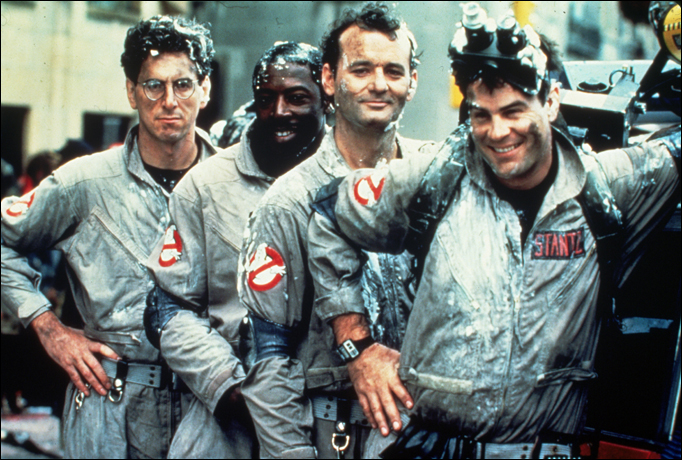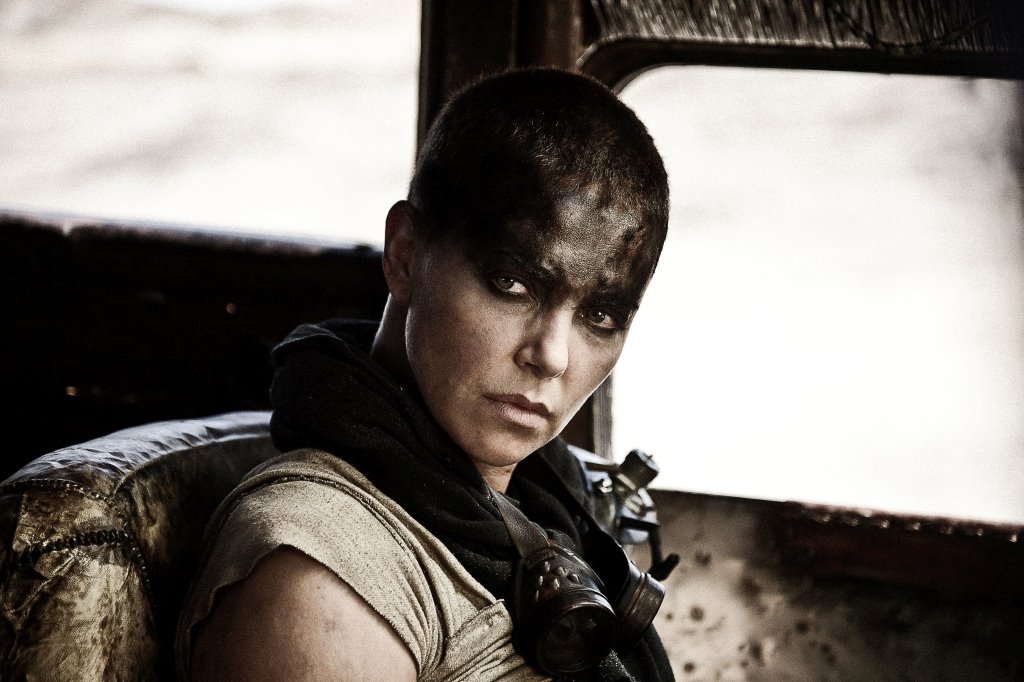Christopher Nolan’s Dunkirk is a movie worth revisiting. Christopher Nolan made plans on doing something different after succeeding with The Dark Knight Trilogy, and mastering the art of Sci-fi with Inception & Interstellar. Nolan set his sights on something that maybe his die-hard fans wouldn’t expect from him. That idea was a World War II story under the name of Dunkirk. The idea of Christopher Nolan bringing his realistic tone, to a story that is well, actually real, immediately gained interest. Just like with every other Nolan movie, the hype train started its engine. We’re six years since the release of Dunkirk. Now feels like a great time to reflect on this modern classic War outing.

Dunkirk tells the narrative of the early part of World War II when Allied soldiers were actually losing the War. The British among them were literally pushed back to their home country right from the heart of Europe. Many Allied soldiers were left trapped on the long, wide-open beaches of Dunkirk in France. The soldiers were there waiting for transport to take them back to their home across the water. It was an extremely dangerous place because the entire German army knew they were there in plain sight. The German army would in turn attack the Allied forces quite relentlessly. Nothing held back attacks even if the Allies were on ships trying to escape. Nolan really captures that brutal, all hope is lost feeling with Dunkirk. In the movie you see troops on their last legs, at the end of their will, feeling defeated.
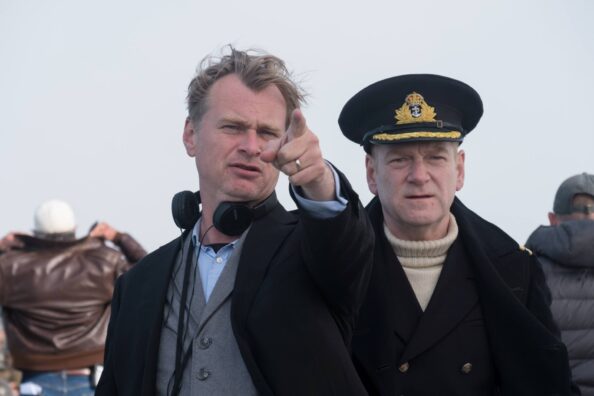
Nolan gave us a stacked cast for Dunkirk. We have Cillian Murphy (Shivering Soldier), Kenneth Branagh (Commander Bolton), Tom Hardy (Farrier), Harry Styles (Alex), and Mark Rylance (Mr. Dawson) to name just a few. Dunkirk uses its talented collective, to tell its overall narrative through three main perspectives. Those perspectives are war by air, sea, and land. With each character holding up a different part of the story, this idea makes for a refreshing watch when it comes to a War movie. Dunkirk is something a little bit different, and it keeps you glued to the screen. The pressure was at a constant high for the soldiers at Dunkirk and Nolan translates that feeling onto the viewer. Of course, Nolan brings in his IMAX cameras once more, to fully submerse his audience. Alongside his director of photography Hoyte van Hoytema, they even attached IMAX cameras to small planes, painted them to look like real spitfires, and then recorded the outcome whilst flying in the air for real. To add to this, Nolan prepared for the movie by hearing stories from real-life veterans.
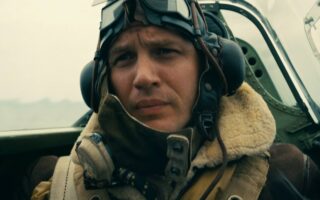
The highlights continue, with the mysterious shivering soldier, as he takes harbour on a small boat alongside Mr. Dawson. With Mr. Dawson heading to Dunkirk to pick up survivors, and the soldier on his boat desperately wanting to go home, it makes for an interesting back-and-forth. Tommy (Fionn Whitehead), Alex, and their fellow troops capture the grim reality of what it’s really like to try and escape a war-filled situation like Dunkirk. To the very last second, it’s an isolated and constant struggle. Dunkirk harnesses that feeling tenfold, and it’s a gripping watch. With all of the plots combined, alongside Nolan’s constant approach to practical effects, we get what some consider to be one of the best War movies ever made, and six years on, it still looks as impressive as it did the day it came out. It’s another masterclass in directing, and story-telling from the mind of Christopher Nolan, and a reminder that he can thrive in any genre of film he wishes to pick.
